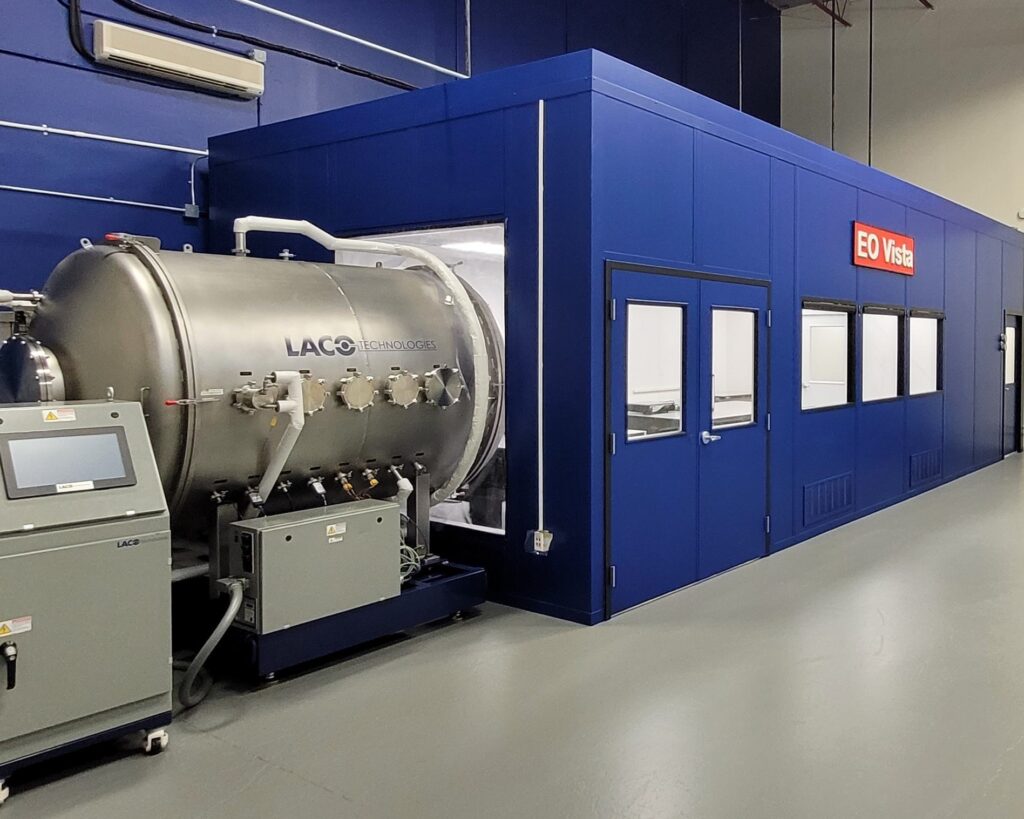Sensor developer EO Vista has completed a final design review for the US Space Force Electro-Optical Infrared Weather System (EWS) Program.
EO Vista, a member of the General Atomics Electromagnetic Systems (GA-EMS) EWS Program team, is developing and building an electro-optical infrared (EO/IR) weather sensor, EOV-1, which will provide cloud characterization and theater weather imagery for up-to-the minute high-quality weather products.
The EWS program will provide enhanced weather imaging capabilities beyond those performed by the Defense Meteorological Satellite Program (DMSP), which is nearing its end of life.
EOV-1 is a high-performance multispectral weather imaging payload designed for space based environmental monitoring (SBEM) in support of military operations. The EOV-1 sensor has been designed in parallel with Atmospheric and Environmental Research’s (AER) modern, high-throughput ‘cloud-based’ weather data processing chain.
EOV-1 provides increased spatial resolution compared with legacy sensors such as VIIRS, at less than 1/10th the cost, in a compact smallsat form. EO Vista has said that the EOV-1 final design meets all EWS program requirements including the continuous delivery of real-time weather data products to tactical users. In addition, when deployed in a proliferated EWS constellation, the EOV-1 Sensor will provide a highly resilient, disaggregated weather architecture with an unprecedented full global refresh rate of less than one hour.
Dr Steven Wein, president of EO Vista, said, “We are very excited to have already started the hardware and software integration of the EOV-1 Weather Sensor, to have engineering development units running in the lab, and flight hardware starting to arrive at our facility. The team at EO Vista is fully committed and excited to bring next-generation, extremely affordable, high performance weather imaging from space to the US Space Force and our nation.”
Gregg Burgess, vice president of space systems at GA-EMS, said, “EO Vista has created a modern, world-class facility for integrating state-of-the-art EO/IR payloads, and most importantly, measuring their full performance range while under thermal vacuum testing. EO Vista already has eliminated substantial risk by executing flight software on the EWS engineering development units, providing high confidence in the first quarter 2023 delivery for integration with the GA-EMS bus.”



